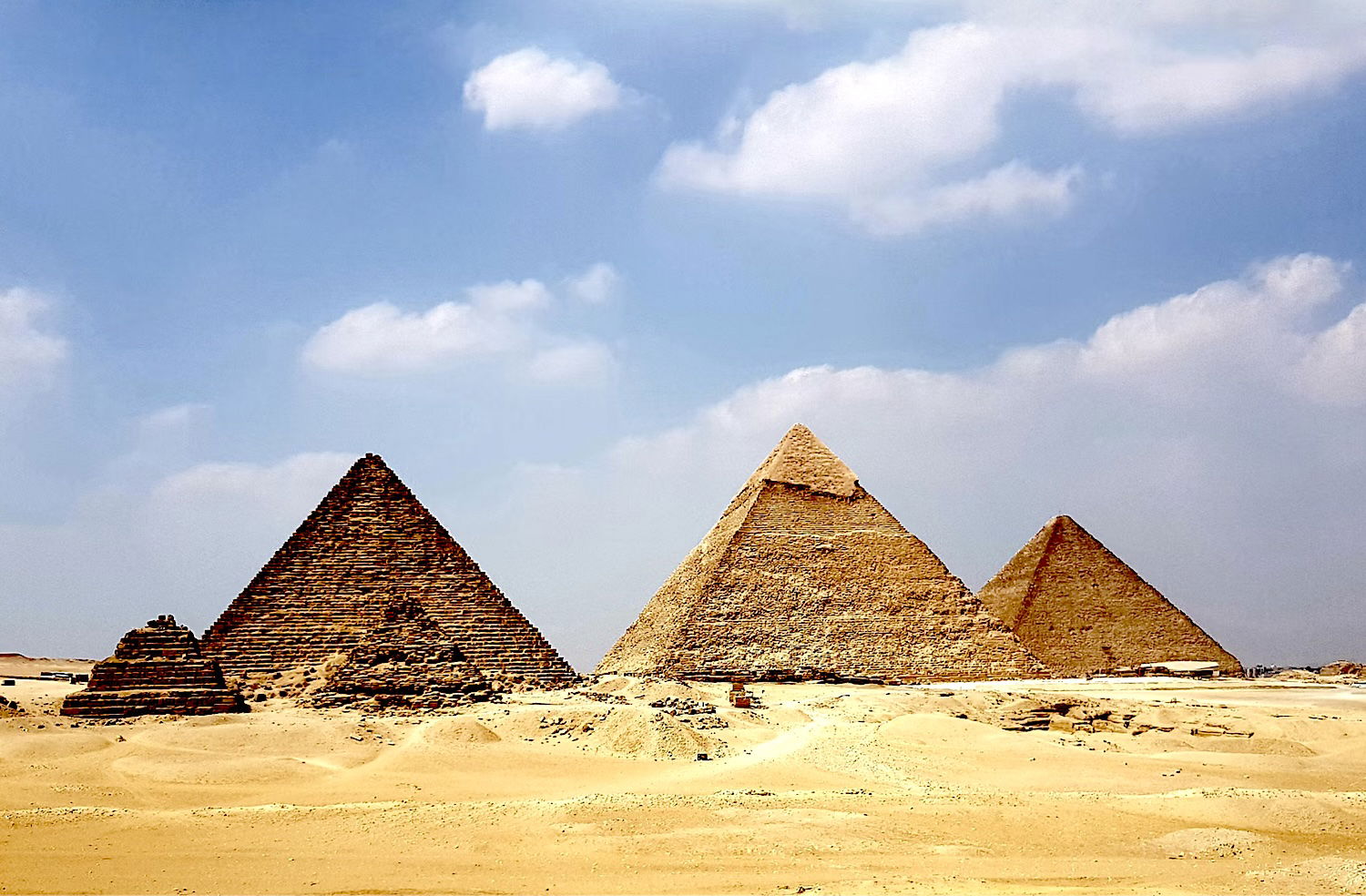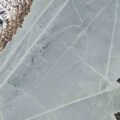A potentially revolutionary new technology that could greatly advance optical communications, surveillance, and photonic device isolation has something in common with the most captivating construction design of the ancient world: the pyramid.
Researchers at UCLA have produced a revolutionary new design for diffractive deep neural networks, or D2NNs, that they say significantly enhances unidirectional image magnification and demagnification. Dubbed Pyramid D2NNs, the new design architecture lives up to its name by introducing a pyramid-structured network that offers high-fidelity image formation while reducing refractive features, all by aligning its layers in the same direction of image magnification and demagnification.
What Are Diffractive Deep Neural Networks?
D2NNs are constructed from individual transmissive layers that are optimized through deep learning, allowing them to perform computation almost entirely through the use of optics.
In their recent research, the UCLA team, led by Professor Aydogan Ozcan, worked with a pyramid-shaped diffractive optical network, a design that allowed the team to achieve unidirectional imaging with fewer diffractive degrees of freedom.
The result is a design that helps to ensure high-fidelity image formation, but only in one direction. By contrast, significant image inhibition occurs in the opposite direction, conditions that are key for use with applications where imaging in one direction (i.e., unidirectional imaging) is required. Such fields include defense and security technologies, telecommunications applications, and systems used for privacy protection.


The team was also able to demonstrate modularity and scalability for their novel pyramid-structured system by cascading several P-D2NN modules. This allowed them to achieve even greater magnification or demagnification factors.
The Pyramid Mystery
The pyramid shape has long captivated human minds, and there is arguably no better example of this than the enigmatic pyramids at Giza.
In simple terms, a pyramid is a three-dimensional shape resulting from the construction of triangular faces arising from a polygonal base. Each of the points of the triangular portions meets at the highest point or apex.
This gives rise to a unique shape where weight is evenly distributed, which allowed ancient architects to rely on this design for the construction of some of the largest structures ever built, with the most famous examples comprising the Giza pyramids, monuments that are still impressive by today’s engineering standards, and which have proven their resilience by persisting for thousands of years. Given their enigmatic appearance, the pyramids have also contributed to a number of fringe ideas over the years, involving the mysterious powers the monuments at Giza may possess themselves or purported technologies (many of them pseudoscientific) based on the pyramid shape and powers it allegedly possesses.


For the UCLA team, the pyramid structure offered real-life advantages in that the ascending structure allowed them to scale the layers of the new D2NN in such a way that aligns with the direction of image magnification or demagnification. In other words, the pyramid shape offers a sort of guide that either enlarges or shrinks the image in question in a controlled manner. The result is that high-fidelity imagery is able to pass progress through the network, but only in the desired direction.
During their research, the team also succeeded in experimentally validating the new P-D2NN system by using terahertz (THz) illumination. 3D-printed diffractive layers were tested under continuous-wave THz illumination, producing results that the team says very closely matched earlier numerical simulations.
Applications and Future Prospects
The system is ideal for various applications, including technologies that provide optical isolation for photonic devices and decoupling of transmitters and receivers in telecommunications. In the coming years, the new pyramid-shaped system could also benefit security and even surveillance technologies.
Overall, the team’s P-D2NN architecture represents a considerable advancement in optical imaging technology, which its developers believe could help pave the way toward a range of future innovations and applications. All of which, of course, relies on one of the most iconic and captivating ancient monumental shapes in human history.
The team’s findings were published in the journal Light: Science & Applications on July 31, 2024.
Micah Hanks is the Editor-in-Chief and Co-Founder of The Debrief. He can be reached by email at micah@thedebrief.org. Follow his work at micahhanks.com and on X: @MicahHanks.

